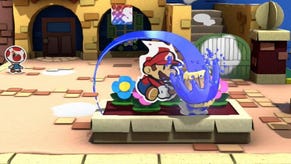Paper Mario's Evolution from RPG to Adventure Game Draws a Line to a Forgotten Corner of Nintendo's Past
The series' gradual genre shift may be unpopular, but it's not unprecedented.
This article first appeared on USgamer, a partner publication of VG247. Some content, such as this article, has been migrated to VG247 for posterity after USgamer's closure - but it has not been edited or further vetted by the VG247 team.
Many Paper Mario fans felt something was amiss with the series' 3DS debut, Sticker Star. Yeah, there was the weird combat system that turned basic attacks into limited, expendable resources, and the fact that nearly all the non-player characters were Toads... but beyond that, it simply didn't feel as much like an RPG as the series' first few entries had.
According to Risa Tabata, the co-producer of upcoming Sticker Star sequel Paper Mario: Color Splash, those observant players weren't wrong. "The old Paper Mario games, they were obviously RPGs and had a lot of good elements, but they weren't just about the RPG elements," she told me back at E3. They were full of solving puzzles, solving mysteries, the color factor, the visual style. For the Paper Mario series, we're focusing more on those elements — the puzzle-solving."
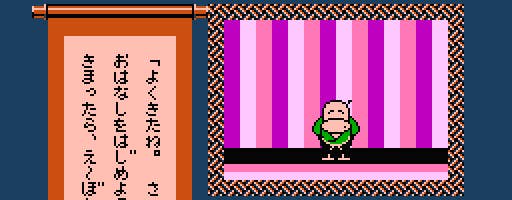

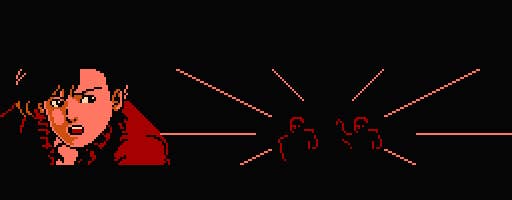
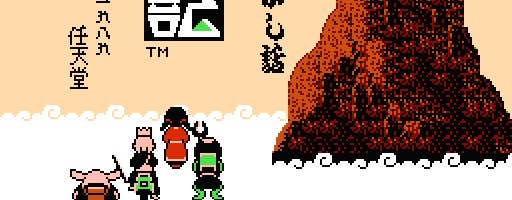

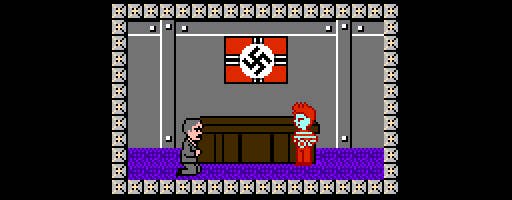
In other words, Nintendo (and primary Paper Mario developer Intelligent Systems) has chosen to make its two Mario RPG franchises — Paper Mario and Mario & Luigi — more distinct from one another by making one of those properties less RPG-like. Color Splash definitely demonstrates this trend, at times feeling more reminiscent of a graphical adventure than a role-playing game. Even its RPG-like combat system takes on shades of adventure gaming, involving a multi-step process that allows players to customize their actions through the use of collectible items.
While some players understandably feel put out by the change, it feels awfully true to Nintendo's habits. Not so much in the sense of the chimerical transformation that stirs up controversy among fans (though that's certainly a Nintendo trademark, no question about it) but rather in the way the evolution of Paper Mario is not so much a bold step forward as it is a case of the company reaching around and drawing on an abandoned piece of its own history.
In this case, that abandoned history has to do with Nintendo's brief but intense flirtation with the graphical adventure genre. Between 1987 and 1991, Nintendo developed and published about half a dozen adventure games in Japan, all for the Famicom Disk System. That accounted for a fairly hefty percentage of the company's internal output at the time: Shigeru Miyamoto's EAD teams were in the process of shifting their efforts to Super NES development, and Gunpei Yokoi had similarly begun directing R&D1 and Intelligent Systems to focus on the Game Boy.
For Nintendo enthusiasts outside of Japan, however, the company's brief adventure game phase may as well as never have happened. Those six titles never left the company's home territory for a variety of reasons. They only appeared on Disk System, which remained stranded in Japan. They contained a huge amount of text, which would have been difficult to localize effectively within the storage constraints of the era. They were developed in response to the success of Enix's Portopia Rezoku Satsujin Jiken, the colossal hit that paved the way for Dragon Quest... but which also never had a presence outside Japan. And, frankly, most of the games contained themes that were entirely too specific to Japanese interests to bother localizing, such as the dating sim based around a popular "idol" celebrity.
Nevertheless, this curious little fenced-in space of Nintendo's past is exactly the sort of odd little aberration that the company likes to revisit from time to time. It's not as though these games have been totally forgotten, either. For example, that dating sim (Nakayama Miho no Tokimeki High School) is considered one of the foundational works of a genre that burned bright in Japan for two decades. And Famicom Tantei Club Parts I and II — Nintendo's take on adventure-genre crime capers like Police Quest and Jake Hunter — showed up on Game Boy Advance as part of the Famicom Mini line (some of which appeared in the U.S. as the NES Classics series).
So it makes sense, at least to me, that Nintendo would reach back into the past and draw inspiration from this temporary phase of its life. The company does that sort of thing all the time, and what better way to draw a line between Paper Mario and Mario & Luigi than to fortify one of those series with a touch of historical influence? (And in case you're wondering why it's Paper Mario rather than Mario & Luigi that would be pushed away from its RPG origins, well, remember that the Japanese title for the latter is literally "Mario & Luigi RPG.") Whether or not this is the right creative choice seems likely to remain a matter of some debate, one we'll weigh in on with our upcoming Color Splash review... but at the very least, it's good to know it's not some completely unprecedented move.
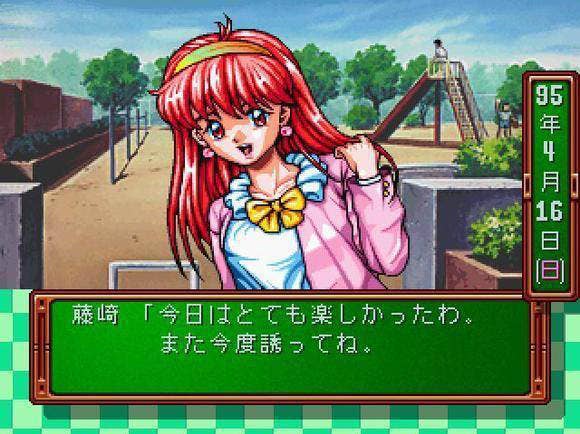
Images courtesy of VGMuseum and Hardcore Gaming 101


